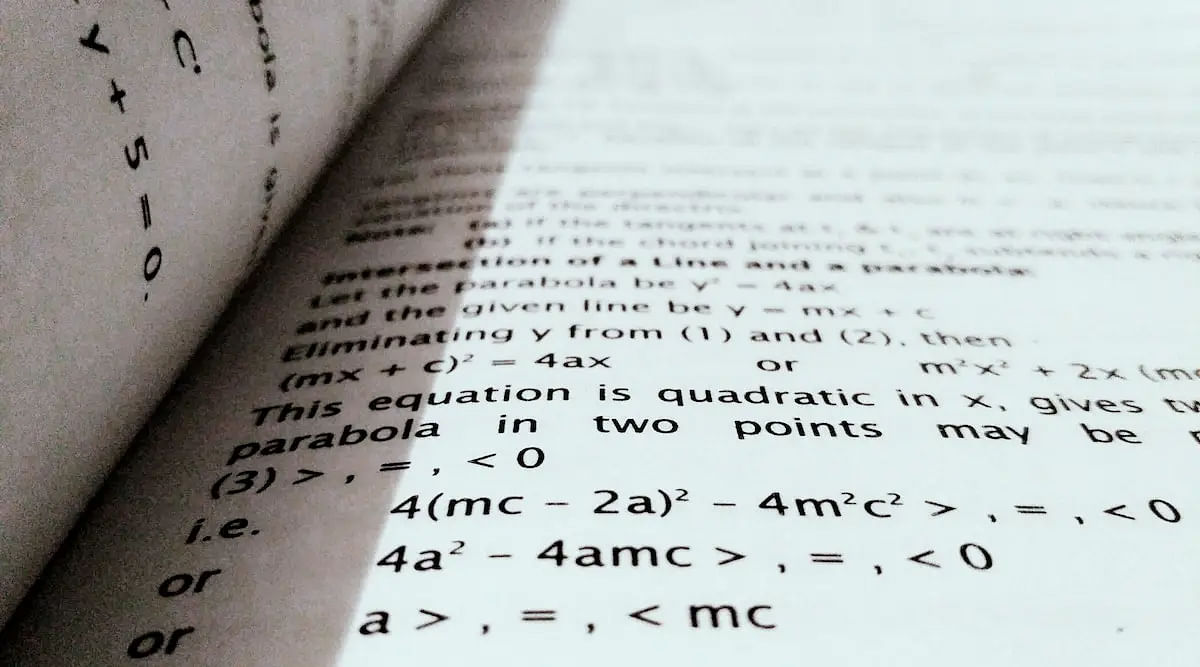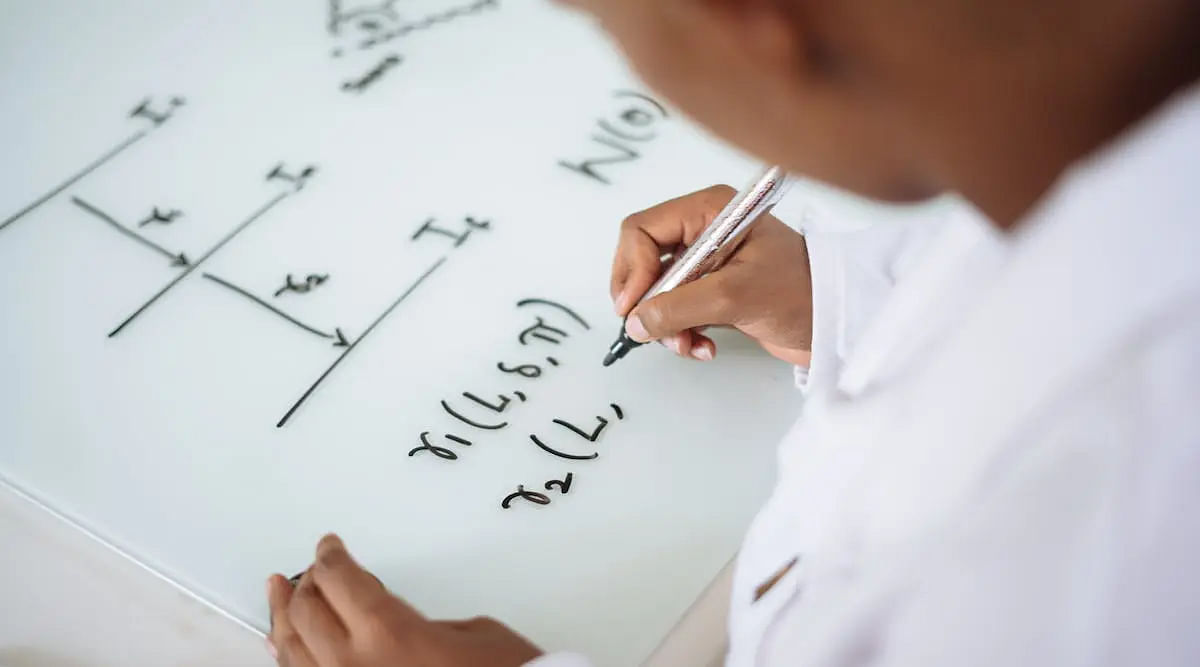CBSE 12th Exams Begin in 8 Days: Check CBSE 12th Physics Chapter 2 Important Questions
The CBSE will conduct the CBSE 12th Board Exams 2022 from Feb 15. The CBSE Class 12 Physics Exam 2023 will be conducted on Mar 6.
CBSE 12th Physics Chapter 2 Important Questions: The CBSE will conduct the CBSE 12th Board Exams 2022 from Feb 15. The CBSE Class 12 Physics Exam 2023 will be conducted on Mar 6. Students are busy with the CBSE 12th Physics Revision. This article contains some CBSE 12th Physics Chapter 2 Important Questions to help candidates prepare for the exam.
Also Read: CBSE 12th Exams Start in a Week: Check CBSE 12th Physics Chapter 1 Important Questions
CBSE 12th Physics Chapter 2 Important Questions
Given below are some important questions and their answers from the CBSE 12th Physics Electrostatic Potential and Capacitance:
- Question 1: A 500 µC charge is placed at the centre of a square of side 10 cm. Find the total work done to move a charge of 10 µC between two diagonally opposite points on the square.
Answer: The total work done moving a charge of 10 µC between two diagonally opposite points on the square will be zero. This is because these two points will be at equipotential. - Question 2: What will be the electrostatic potential due to an electric dipole at an equatorial point?
Answer: Electric potential at any point in the equatorial plane of dipole is Zero. - Question 3: Calculate the work done in moving a test charge q through a distance of 1 cm along the equatorial axis of an electric dipole?
Answer: Since potential for equatorial axis
V = 0
∴ W = qV = 0 - Question 4: Define: ‘potential energy’ of charge ‘q’ at a distance V in an external electric field.
Answer: Potential energy is defined as the amount of work done in bringing the charge from infinity to its position in the system in the electric field of another charge without acceleration. V = Er. - Question 5: A hollow metal sphere with a radius of 5 cm is charged so that the potential on its surface is 10 V. What will be the potential at the centre of the sphere?
Answer: The electric field inside the shell will be zero. Hence, the potential is constant inside the shell (as no work is done in moving a charge inside the shell) and, therefore, equals its value at the surface, which is 10 V. - Question 6: A hollow metal sphere of radius 10 cm is to be charged such that the potential on its surface is 5 V. What will be the potential at the centre of the sphere?
Answer: Hollow metal spheres behave as an equipotential surface, hence the potential at its centre will be 5 V. - Question 7: Distinguish between the two: a dielectric and a conductor
Answer:Dielectric Conductor They are the insulating materials which transmit electric effects without conducting. They are the substances which can be used to carry or conduct electric charge from one place to the other. - Question 8: Explain why the electrostatic potential inside a hollow charged conductor be the same at every point?
Answer: The electric field is zero inside the hollow charged conductor, therefore no work is done in moving a small test charge within the conductor. So, the electrostatic potential inside a hollow charged conductor is same at every point. - Question 9: Describe the geometrical shape of equipotential surfaces due to a single isolated charge?
Answer: Concentric spheres with a gap between them not being uniform, as V ∝ 1/r - Question 10: Calculate the amount of work done to move a point charge around a circular arc of radius r at the centre of which another point charge is placed?
Answer: Being an equipotential surface, the net work done will be zero. - Question 11: “For any charge configuration, equipotential surface through a point is normal to the electric field.” Explain.
Answer: The work done to move a charge over an equipotential surface is zero, which implies a point on it will be normal to the electric field.
W = FS cos θ ∴ cos θ = 0 or θ = 90o - Question 12: (i) Give reasons for why two equipotential surfaces intersect each other?
(ii) Two charges -q and + q are placed at points A (0, 0, – a) and B (0, 0, +a), respectively. Calculate the work done to move a test charge from point P (7, 0, 0) to Q (-3,0,0)?
Answer: (i) No. The reason is if they intersect, there will be two different directions of electric field at that point which is not correct. Moreover, if they intersect, then at the same point of intersection, there will be two values of potential. This is not a possibility and hence two equipotential surfaces cannot intersect.
(ii) As both the points P and Q are on the equatorial line of the dipole and V = 0, at every point on it, the total work done will be zero. The force on any charge is perpendicular to the equatorial line, hence the work done is zero.




